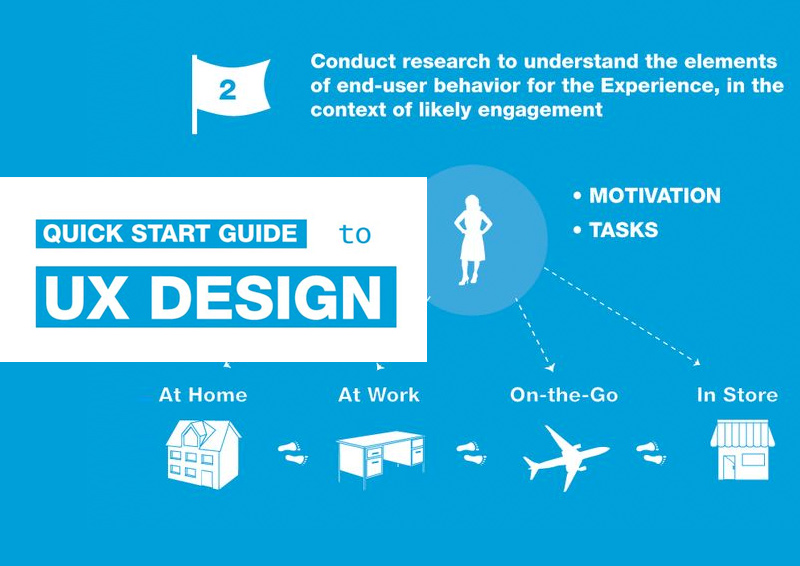In the past, sites were easy and concentrated on information. Navigating was direct, and style was for desktops. Currently, user experience is essential. Data overviews styles for very easy navigation. Receptive formats suit different gadgets. Today, dark setting reduces stress, and minimal menus improve navigation. Interactive features engage customers, and strong visuals attract attention. hop over to here . See how layout has actually evolved to improve your on the internet journey.
Early Days of Website Design
In the very early days of website design, simplicity preponderated. Sites were basic, with restricted colors, typefaces, and layouts. The focus was on offering information rather than showy visuals. Customers accessed the net with sluggish dial-up connections, so rate and performance were vital.
Navigation food selections were straightforward, usually situated at the top or side of the page. https://how-to-improve-search-eng73840.digitollblog.com/29676247/check-out-the-art-of-creating-compelling-promotions-by-designing-effective-headings-and-influential-calls-to-action-to-attain-success-in-pay-per-click-advertising-and-marketing were made for desktop computers, as mobile browsing wasn't yet common. Web content was king, and developers focused on easy readability over intricate design elements.
HTML was the key coding language made use of, and designers had to work within its restraints. Computer animations and interactive functions were marginal compared to today's criteria. Websites were static, with little vibrant content or individualized user experiences.
Increase of User-Focused Layout
With the advancement of website design, a shift towards user-focused design concepts has become progressively famous. Today, developing web sites that prioritize user experience is crucial for engaging visitors and achieving business goals. User-focused style entails understanding the requirements, choices, and habits of your target audience to tailor the web site's layout, web content, and includes as necessary.
Designers currently perform extensive study, such as individual studies and usability testing, to collect insights and feedback directly from individuals. This data-driven method helps in producing intuitive navigating, clear calls-to-action, and aesthetically appealing user interfaces that resonate with visitors. By positioning the customer at the facility of the layout process, websites can deliver a more personalized and enjoyable experience.
Receptive style has additionally become a crucial facet of user-focused layout, ensuring that web sites are enhanced for different tools and display sizes. This adaptability improves access and usability, dealing with the varied methods individuals connect with websites today. Fundamentally, the rise of user-focused style signifies a shift towards producing electronic experiences that focus on the demands and assumptions of the end user.
Modern Trends in Web Design
Explore the most up to date fads forming web design today. One noticeable trend is dark setting layout, supplying a smooth and modern-day appearance while decreasing eye strain in low-light environments. One more vital fad is minimal navigating, streamlining menus and enhancing user experience by concentrating on essential elements. Incorporating micro-interactions, such as computer animated switches or scrolling impacts, can produce an extra engaging and interactive website. Receptive design remains critical, ensuring seamless user experiences across different gadgets. Furthermore, making use of strong typography and unbalanced formats can add visual interest and accentuate specific web content.
Incorporating AI technology, like chatbots for customer assistance or tailored recommendations, enhances individual involvement and streamlines processes. Accessibility has likewise end up being a significant fad, with developers prioritizing comprehensive layout methods to satisfy varied customer demands. Welcoming sustainability by optimizing internet site efficiency for speed and efficiency is another emerging pattern in website design. Working together with user feedback and information analytics to iterate and boost layout continuously is essential for remaining pertinent in the ever-evolving digital landscape. By accepting these modern-day patterns, you can develop an aesthetically appealing, straightforward website that resonates with your target market.
Conclusion
As you assess the development of site design from the very early days to now, you can see exactly how user-focused style has actually come to be the driving force behind modern trends.
Accept the trip of change and adjustment in web design, constantly maintaining the customer experience at the center.
Keep existing with the most recent patterns and modern technologies, and never ever stop developing your approach to produce aesthetically spectacular and straightforward websites.
Evolve, adjust, and create - the future of website design remains in your hands.
